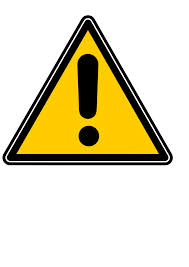Overview
Object pronouns are pronominal forms that usually appear after a verb or a preposition (e.g.: Mary saw me; John spoke to her). The particular form an object pronoun takes depends on the grammatical notions of person, number and gender. This is illusrated in the following table:
| pronoun |
person |
number |
gender |
| me |
1st |
singular |
|
| us |
1st |
plural |
|
| you |
2nd |
singular |
|
| you |
2nd |
plural |
|
| him |
3rd |
singular |
masc. |
| her |
3rd |
singular |
fem. |
| them |
3rd |
plural |
|
Types of Object Pronouns
To keep things simple, let's say there are two main types of object pronouns: a) direct objects and b) indirect objects. Direct objects follow the verb directly (e.g.: I ate an apple), while indirect ones are usually preceded by a preposition (e.g.: I went to the store).
Pronoun Order
When there is more than one object pronoun, the direct object usually comes first, e.g.: I put the book on the table. That said, certain verbs allow the indirect object first (without its preposition). For example, you can say I gave the book to him or I gave him the book. In both cases, him is the indirect object and the book is the direct one. This structure tends to be found with one-syllabe verbs of Germanic origin. Longer verbs of Latin origin don't allow the indirect object first. For example, one says I donated the money to the charity and not I donated the charity the money.
 Make sure me, us, him and her are not used as subjects, e.g.: write He and I are friends and not
Make sure me, us, him and her are not used as subjects, e.g.: write He and I are friends and not Me and him are friends.